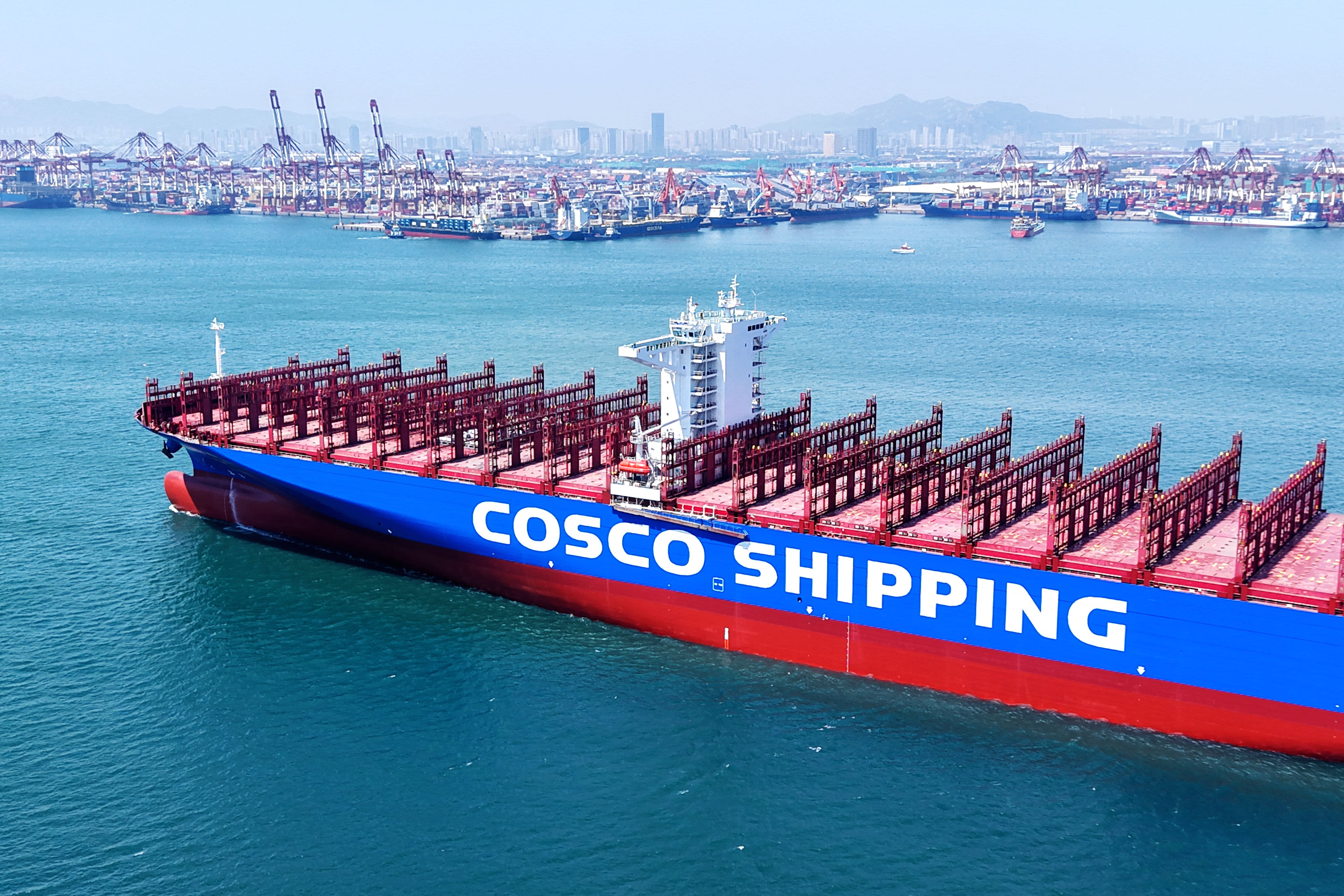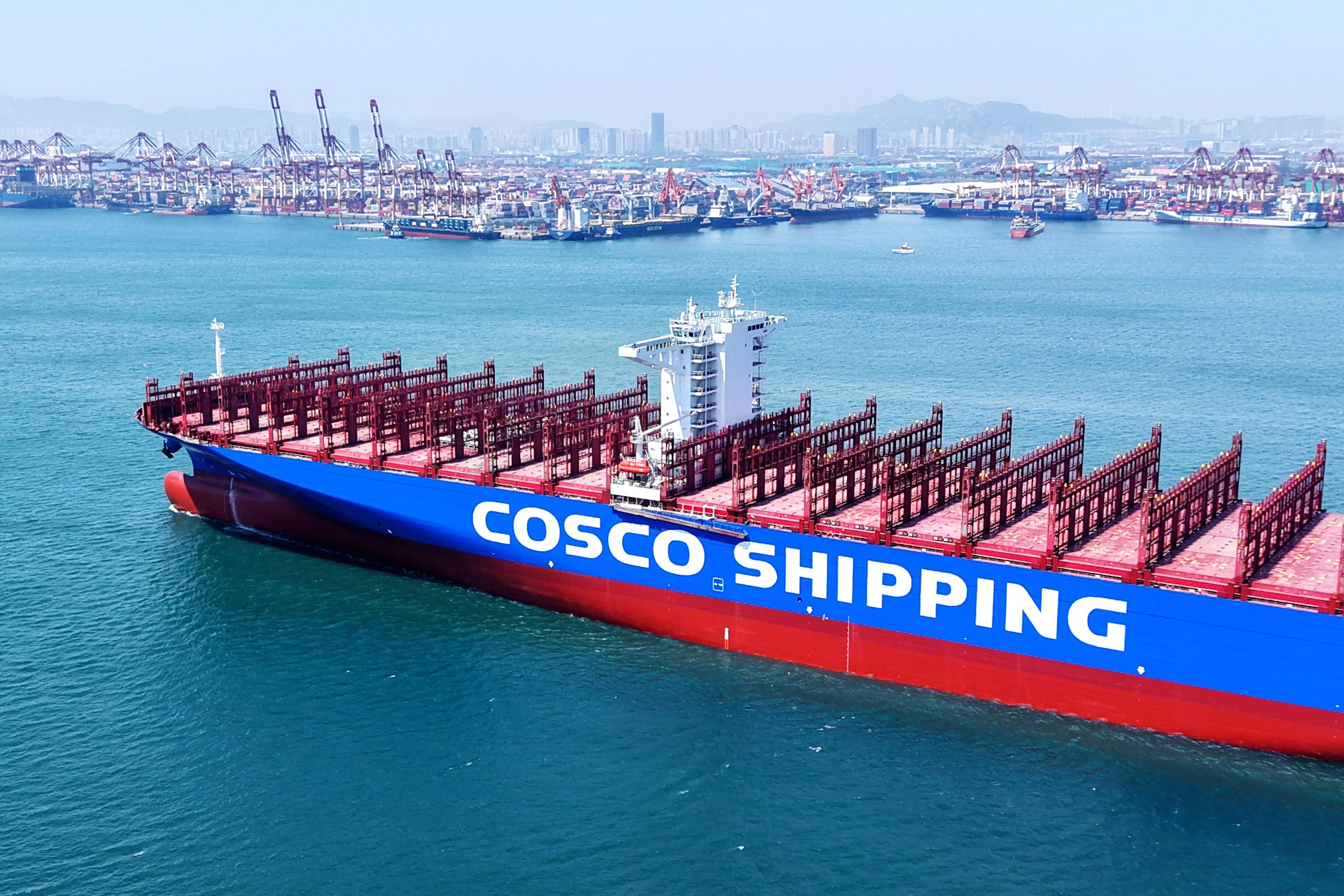
The Tariff Tango: How Trump’s Trade Policies Are Reshaping the U.S. Economy
Picture this, dude: It’s 2025, and the U.S. economy is caught in a high-stakes game of tariff chicken. President Trump’s trade policies, designed to tackle trade imbalances and shield domestic industries, have sent shockwaves through ports, farms, and stock markets alike. What started as a bold economic maneuver now feels like a rerun of pandemic-era supply chain chaos—empty shelves, panic buying, and a whole lot of economic side-eye. Seriously, who knew taxes on imports could stir up this much drama?
Trade Wars & Empty Shelves: The Domino Effect
Let’s break it down like a receipt after a Black Friday spree. The tariffs slapped on imports essentially became a sneaky tax hike for consumers. Businesses scrambled to pass costs onto buyers, but not all products were created equal. Essentials like baby formula or meds? Yeah, shoppers had no choice but to swallow the price bump (thanks, inelastic demand). But luxury goods? Cue the drop in sales as bargain hunters bolted for cheaper alternatives.
And here’s the kicker: A June deadline for importers to dodge tariffs triggered a *Supermarket Sweep*-style rush. Ports clogged, prices spiked, and suddenly, everyone remembered why hoarding toilet paper was a thing. With the U.S. running a $1.2 trillion trade deficit in 2024, the tariffs aimed to rebalance the scales—but at what cost? Spoiler: empty wallets and grumpy consumers.
Global Fallout: When China Fires Back
If tariffs were a tweet, China’s response was the ultimate clapback. Beijing retaliated with levies on $75 billion of U.S. goods, hiking rates 5–10% on everything from soybeans to semiconductors. The U.S. then upped the ante with a 10% tariff on $300 billion of Chinese imports (soon rising to 15%). Cue the trade war soundtrack: *cha-ching* for tariffs, *ouch* for diplomacy.
Markets reacted like a caffeine-addicted day trader. The Dow nosedived, then the S&P 500 surged 9.5% when Trump paused reciprocal tariffs for 90 days. But economists weren’t fooled—it was a Band-Aid on a bullet wound. Investors now treat trade headlines like horoscopes: vaguely ominous and impossible to predict.
Winners, Losers, & the Policy Puzzle
Not all industries suffered equally. The auto sector caught a break with exemptions for some car parts, sparing dealers from total meltdown. But farmers? They’re stuck holding the (empty) bag. Agricultural exports tanked, and manufacturing costs soared, leaving small businesses to play a grim game of *Survivor: Tariff Edition*.
Meanwhile, the U.S. is stuck renegotiating trade deals like a shopper haggling at a flea market. Will tariffs become permanent? Analysts shrug. Will store shelves refill? Only if supply chains untangle. One thing’s clear: This economic experiment is far from over.
The Bottom Line
Trump’s tariffs rewired trade flows, turned consumers into unwilling tax payers, and turned global markets into a rollercoaster. While some sectors scored temporary wins, the long-term fallout—higher prices, strained alliances, and economic uncertainty—lingers like a bad hangover. So next time you see “Made in China” on a price tag, remember: that number might just be the start of a much bigger tab.
Case closed? Hardly. The receipts are still printing.

